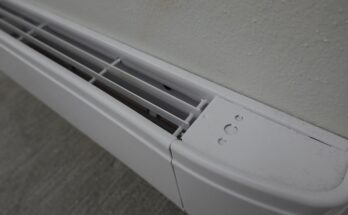During this pandemic, every activity in an indoor public place involves some level of risk, but some venues are far riskier than others–especially if they’re small and crowded.
We already knew that restaurants can easily become covid hot spots, but a new paper published in Nature today quantifies just how dangerous they really are: four times riskier than the next riskiest location, which was the gym. However, there could be a simple way to reduce the danger. Caps on the number of people permitted to be inside a restaurant simultaneously could cut infections drastically, according to a new model created by the team of epidemiologists, computer scientists, and social scientists from Stanford and Northwestern universities.
The researchers used smartphone data to predict where people were catching the coronavirus. They used data on the movements of almost 100 million people in the 10 biggest cities in the US from March 1 to May 1, 2020, provided by SafeGraph, a company that aggregates anonymized location data from smartphone apps. They collected the movements of people between their neighborhoods and points of interest like gyms, grocery stores, restaurants, or places of worship.
Then they used the smartphone data to predict infections on the basis of three metrics: how big the venue was, how long people stayed inside it, and how many people were likely to be infectious in the given area. Finally, they compared their model’s predicted number of infections with the official number of infections recorded in those neighborhoods over that same period. The new model was able to accurately predict actual cases, the team said.
The model was then used to simulate various scenarios: full-capacity reopening, caps at 50%, caps at 30%, and so on. Given that previous studies have found that 80% of new coronavirus cases are picked up at less than 20% of venues (so-called superspreader events), the researchers found that implementing occupancy caps could have a bigger impact than blanket lockdowns. And the businesses would lose only about 40% of the visits they could expect if they were fully open. By way of contrast, if restaurants in all 10 US cities were fully reopened, it would lead to about 6% of the entire population being infected, the model predicted.


